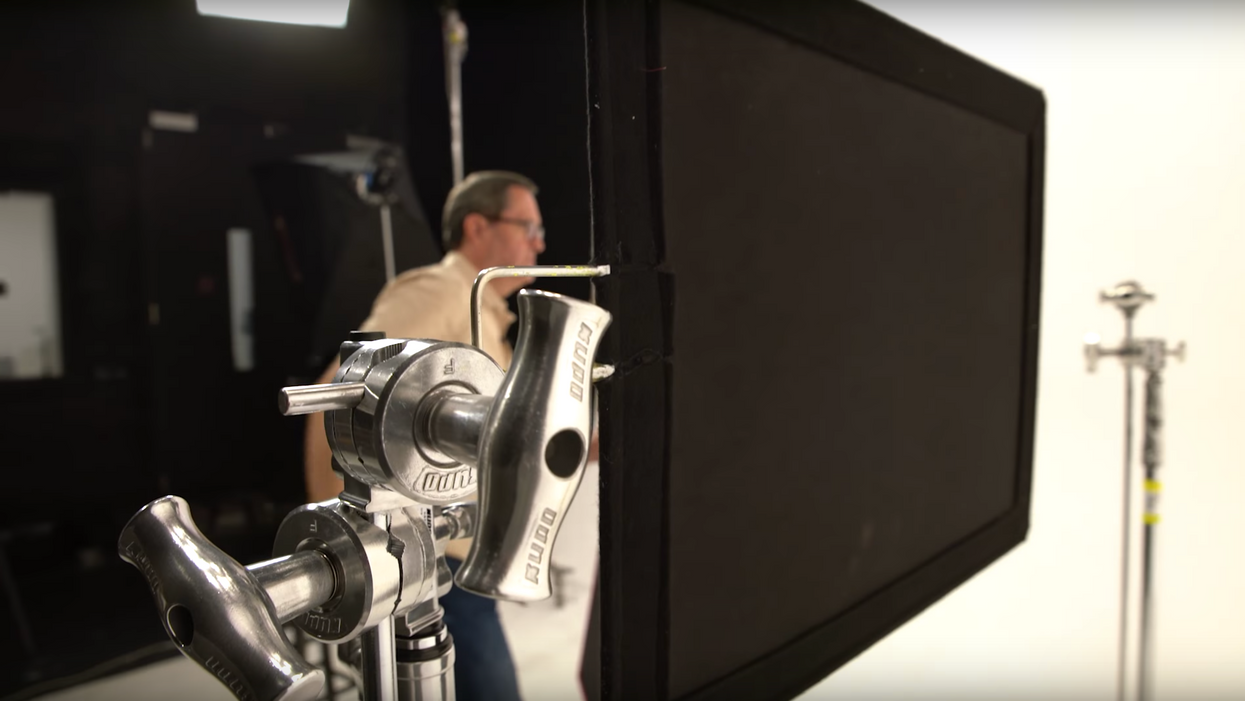Watch: Learn How to Use Flags, Nets, and Silks to Shape Light
Don't know much about flags? Here's a video that will get you up to speed.

Lighting is one of the more complicated aspects of filmmaking, especially when it comes to shaping it. You could know everything about fixtures, color temperature, and CRI, but if you don't know how to cut light from your background or soften up some hard shadows, you're kind of dead in the water when it comes time to light a scene. Luckily, Jay P. Morgan of The Slanted Lens gives a great lesson on the fundamentals of shaping light with flags, which includes an overview of the different modifiers and tools you can use, as well as practical methods for setting them up to get a desired look. Check it out below:
Morgan goes over a ton of great information in the tutorial, but perhaps the most important (and fundamental) things to learn from it are the different tools he used and why he uses them. He mentions three in the video:
- Flags: A solid modifier that cuts light completely
- Nets: A modifier that cuts either one stop of light (single) or two stops of light (double)
- Silks: A modifier that changes the quality of light
Understanding what flags and nets do is pretty easy, but what about silks? What does it mean to change the "quality" of light? Well, light quality basically just refers to the way the light "behaves" or interacts with objects it falls on. Examples of different qualities of light would be "hard" light, which casts high-contrast shadows with fast falloff, and "soft" light, which casts even shadows with slow falloff. Silks are light diffusers, so they will soften hard light.
Pro Tip: If you're balling on a budget and can't afford these professional duvetyne flags, you can always make your own out of black foam core.
Here's another great video on cutting light from Lights Film School:
Once you know what the tools are and what they do, you can start learning how different light and modifier positions affect the way your light appears on your subject. Most filmmakers, even those who are just starting out, have heard of 3-point lighting, but there are many different ways to set up lights and modifiers to achieve a certain light pattern. This video from SLR Lounge shows you five of the most common: flat, butterfly, loop, Rembrandt, and split.
Like I said earlier, shaping light is a complicated art form that takes years and years of practice. You're going to make mistakes, but the more you keep at it, the more you'll learn.
Source: The Slanted Lens












